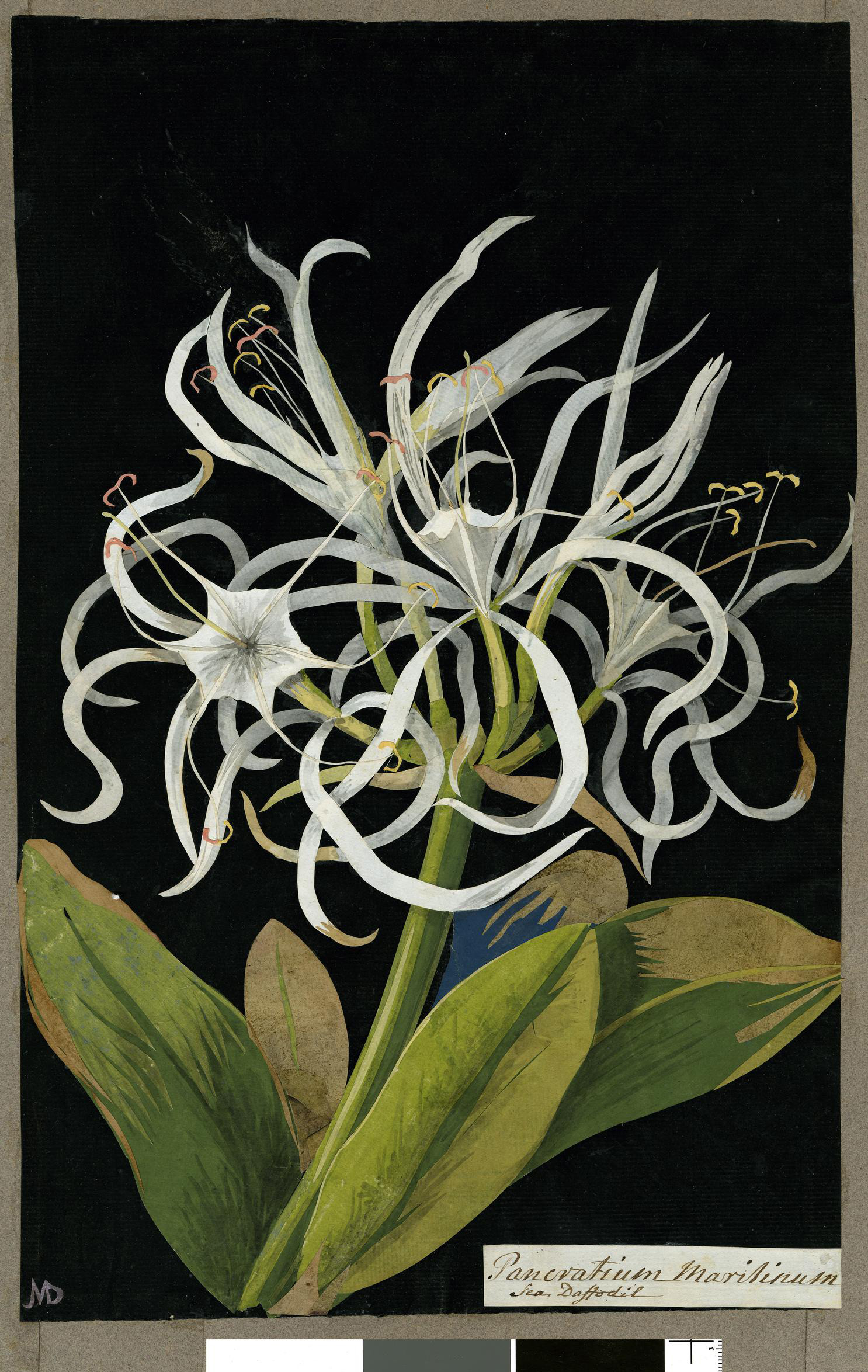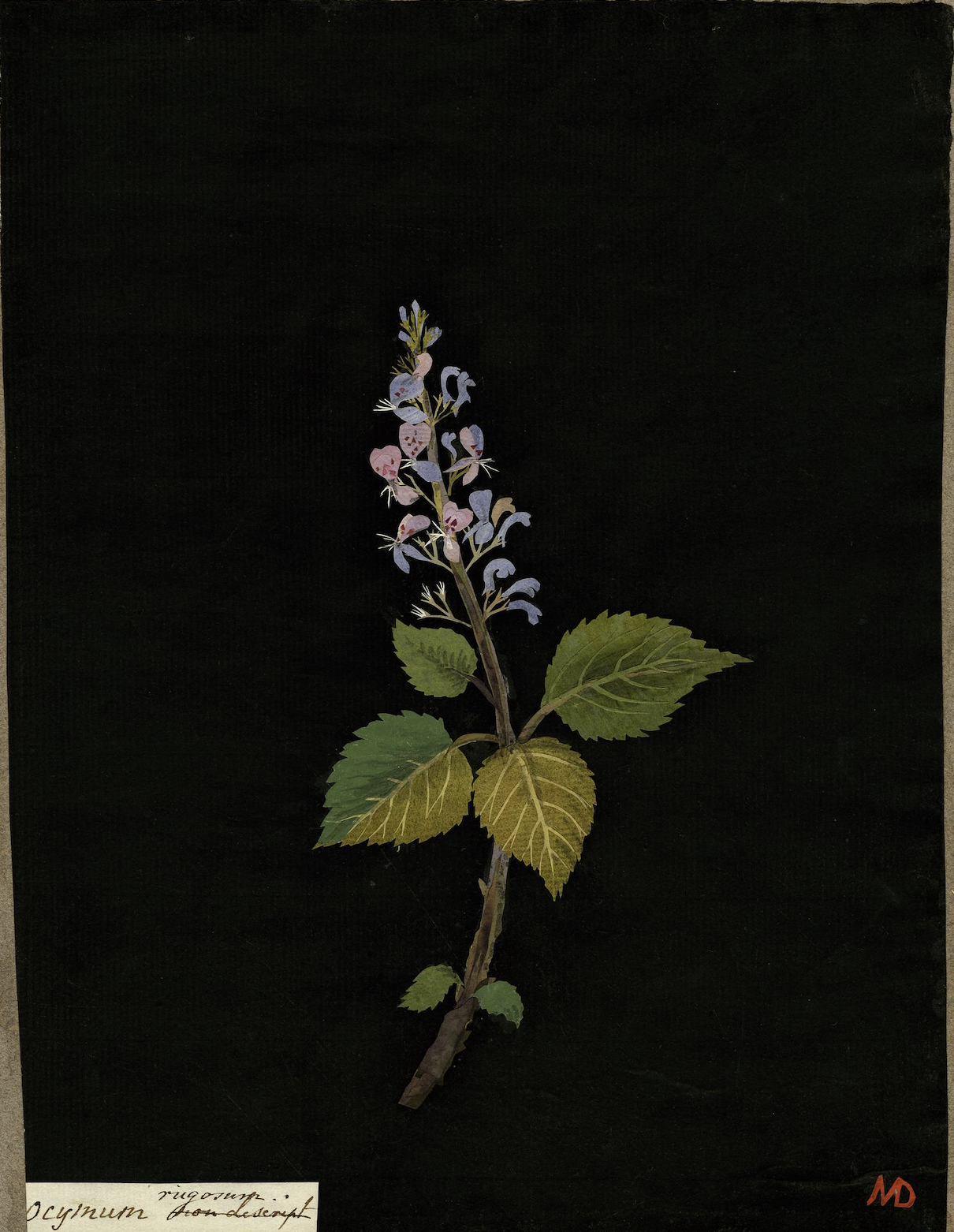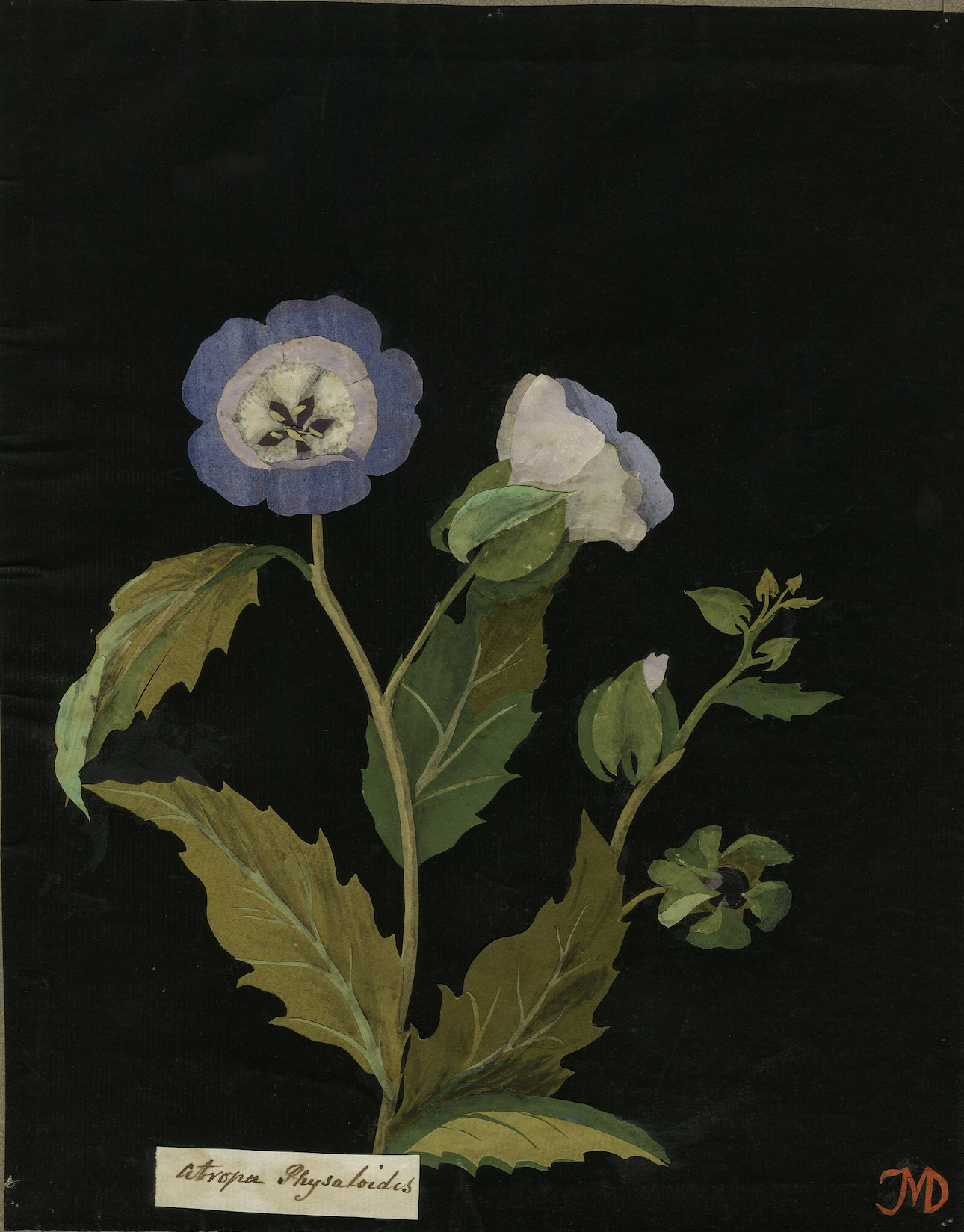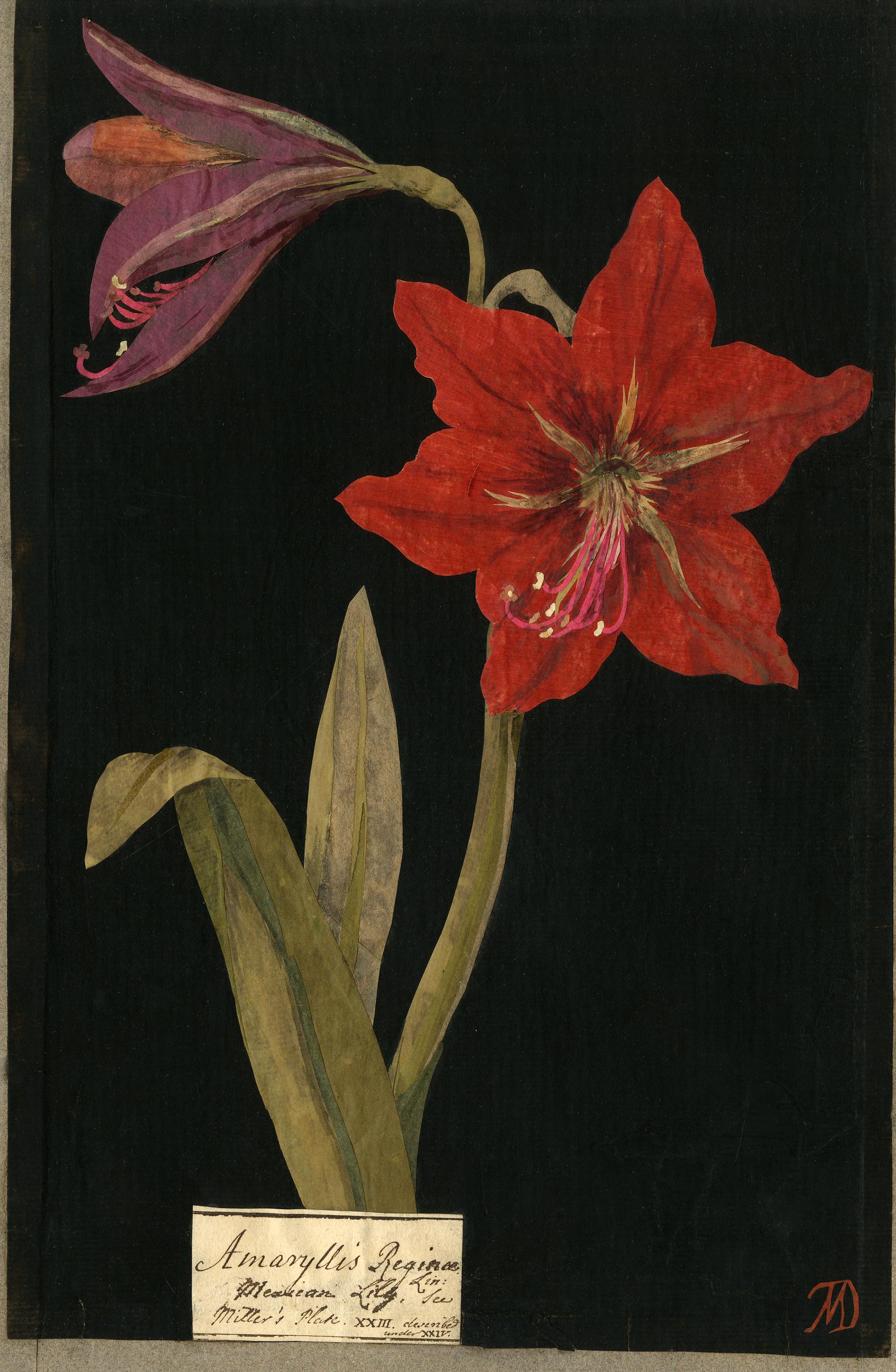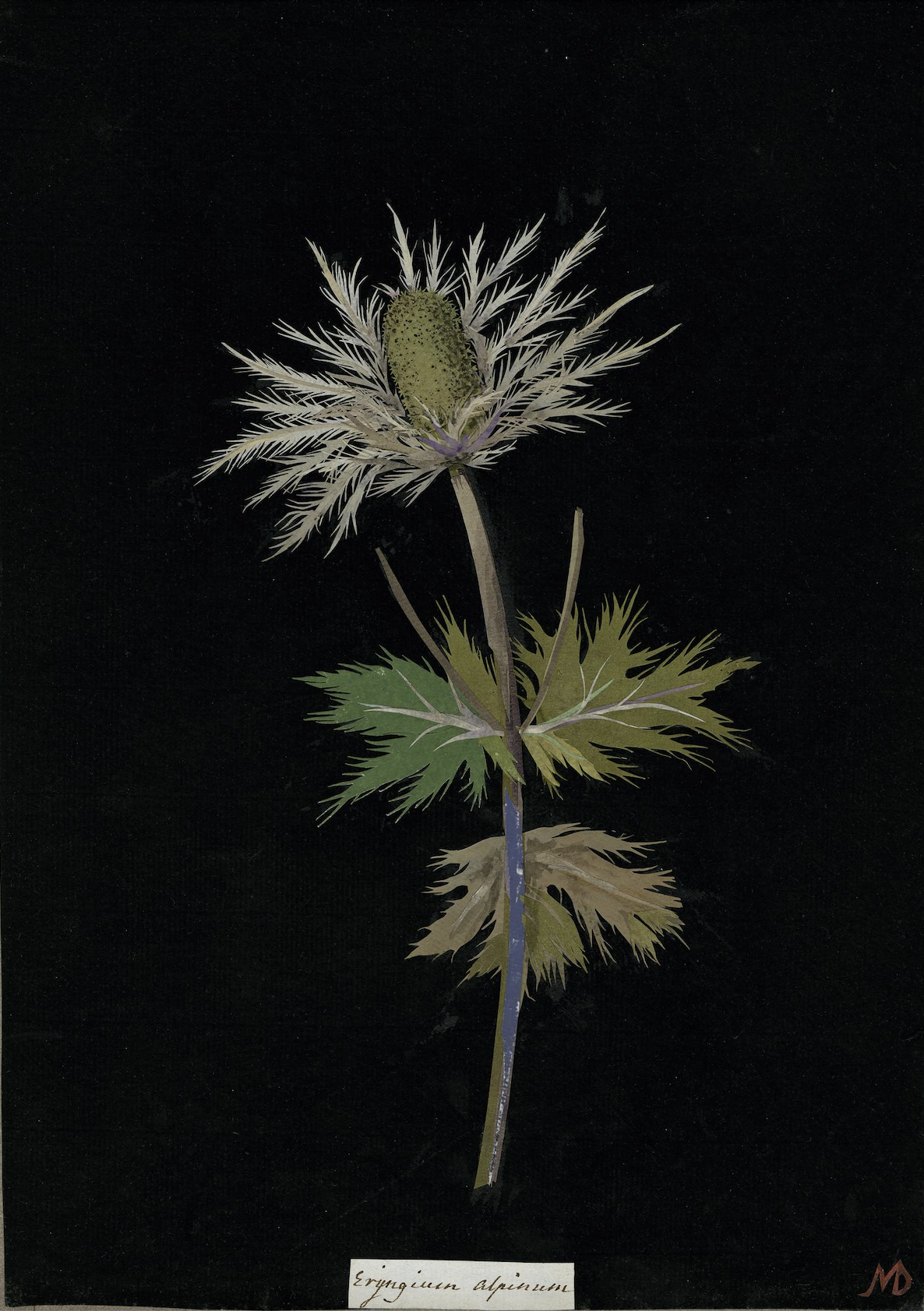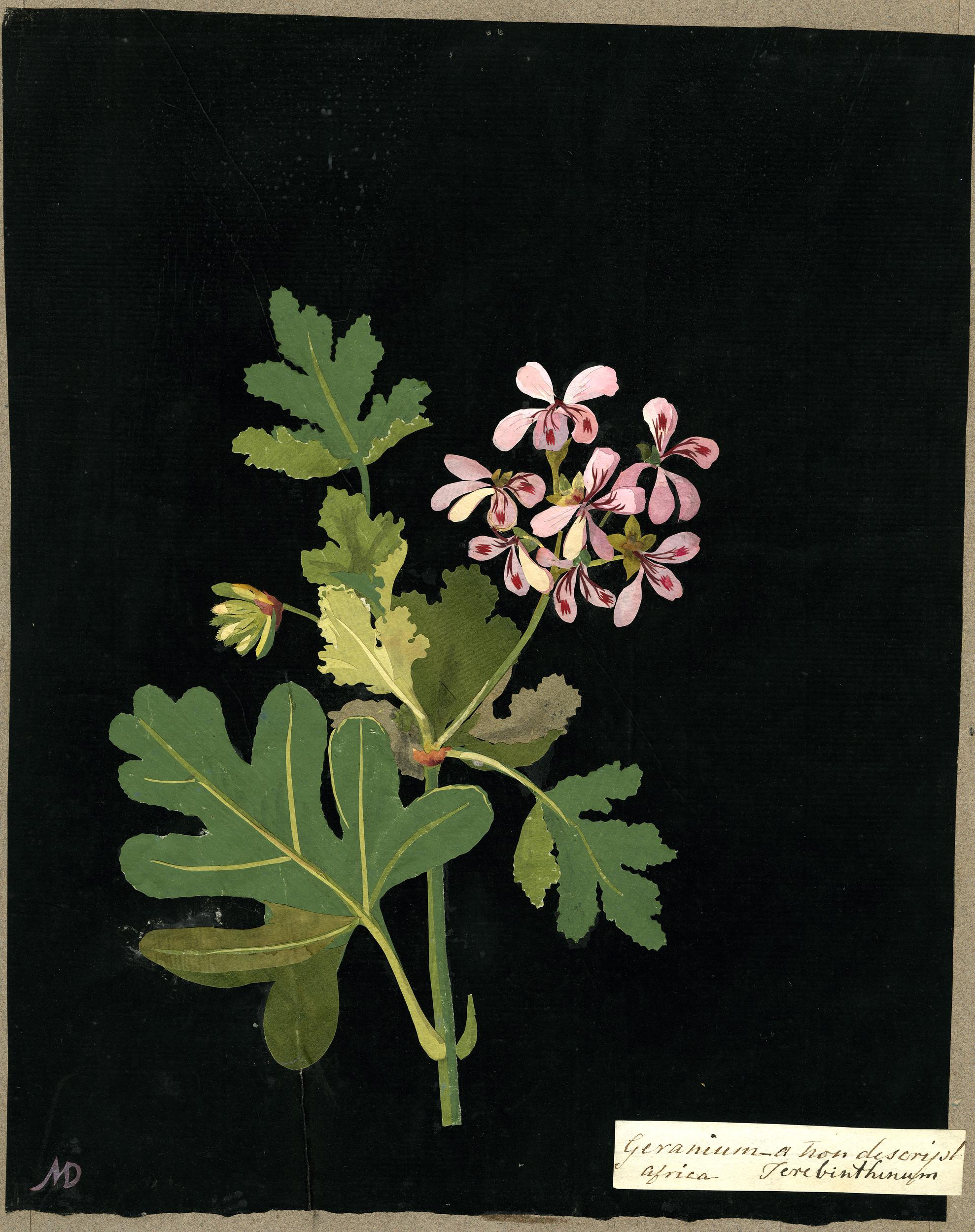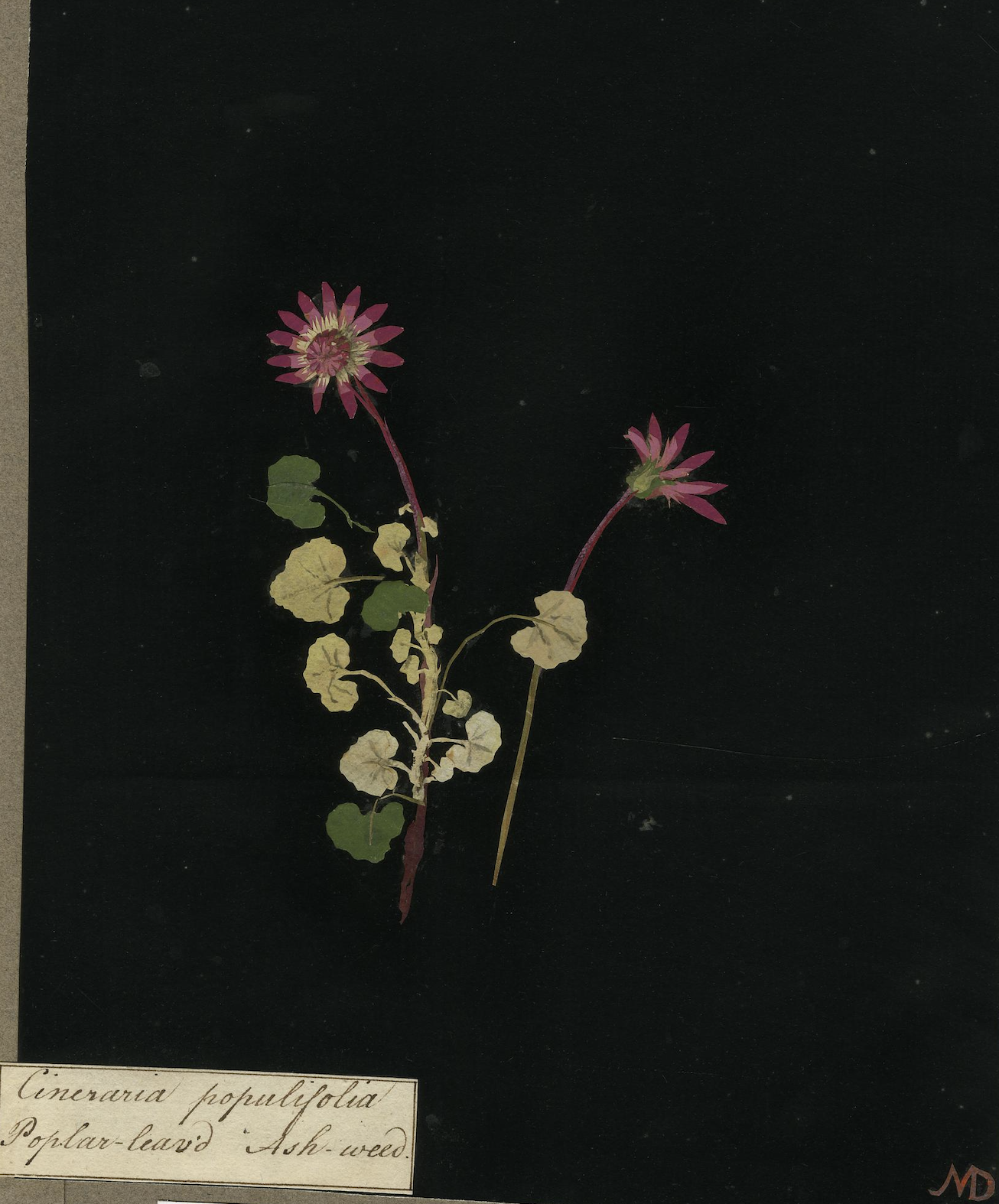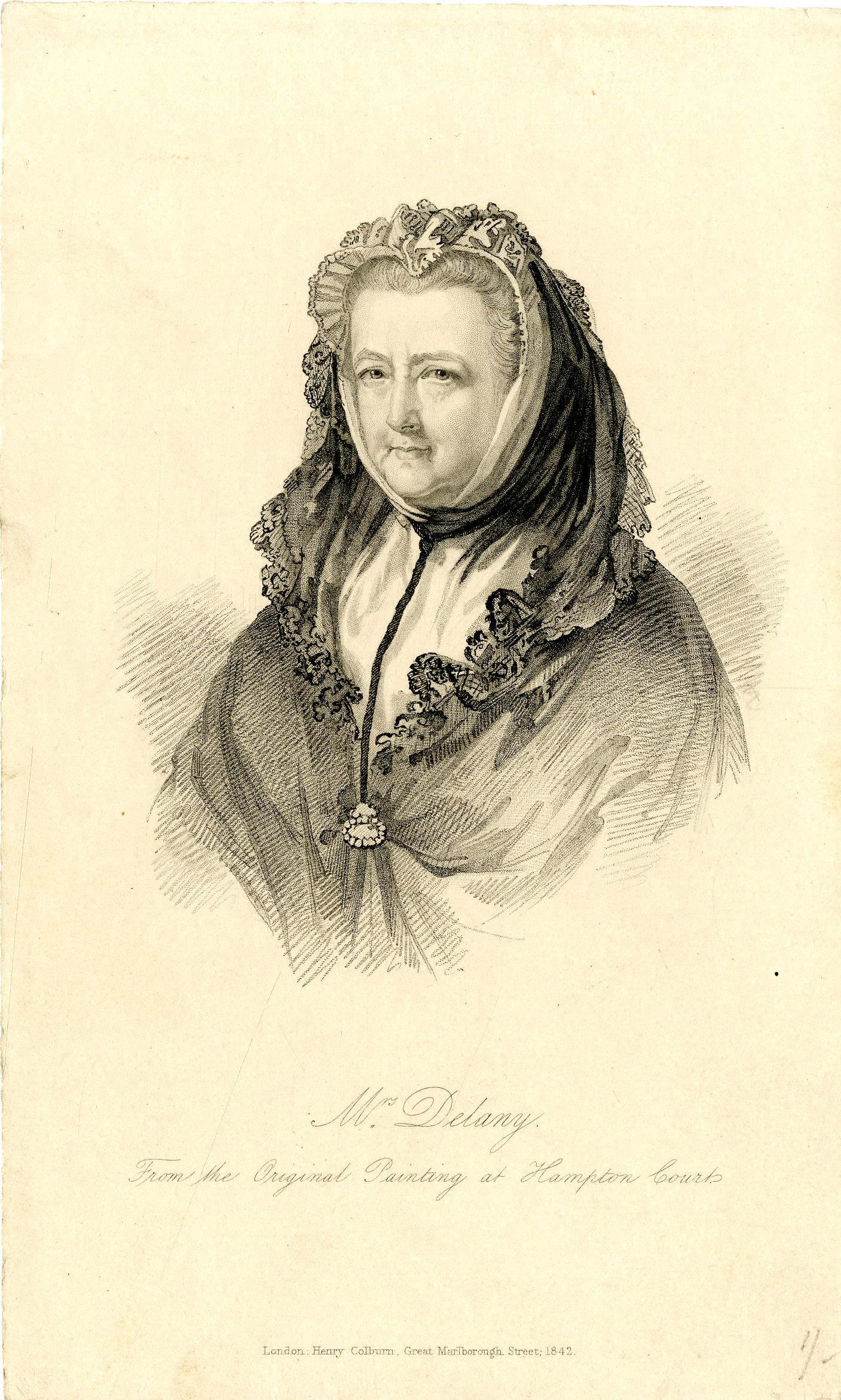Ancient Greece and Rome had plenty of literature, but practically none of it survives today. What exactly became of almost everything written down in Western antiquity is the subject of the video above by ancient-history Youtube channel Told in Stone, previously featured here on Open Culture for its investigations into everything from the Colosseum and the Pantheon to Roman nightlife and the explosion of Mount Vesuvius. But none of its past videos has quite as much relevance to this particular story as the one on the burning of the Library of Alexandria.
Described by narrator Garret Ryan as “the greatest of all ancient libraries,” the Library of Alexandria could have contained between 532,800 and 700,000 volumes in scroll form, all of them lost by the time Julius Caesar burned it down in 48 B.C..
Even so, “the loss of all but a tiny fraction of ancient literature was not brought about by the disappearance of a single library. It was, instead, the consequence of the basic fragility of texts before the advent of printing.” Papyrus, the pre-paper writing material first developed in ancient Egypt, certainly couldn’t stand the test of time: in relatively humid western Europe, “most papyri had to be recopied every century or so.”
Plus ça change: even, and perhaps especially, in our digital era, long-term data archival has turned out to necessitate regular movement from one storage medium to the next. But perhaps our civilization will prove luckier with the process than the Roman Empire, whose collapse meant that “the elites who had traditionally commissioned new copies all but vanished. Far fewer manuscripts were produced, and those that were tended to serve the particular purposes of religion, education, and the technical disciplines.” For these and other reasons, very few classics made it to the Middle Ages, and thus to the Renaissance. But even if you don’t have much to study, so the latter era gloriously demonstrated, you can more than compensate by studying it hard.
Related content:
What Was Actually Lost When the Library of Alexandria Burned?
How Egyptian Papyrus Is Made: Watch Artisans Keep a 5,000-Year-Old Art Alive
The Rise and Fall of the Great Library of Alexandria: An Animated Introduction
The Turin Erotic Papyrus: The Oldest Known Depiction of Human Sexuality (Circa 1150 B.C.E.)
Based in Seoul, Colin Marshall writes and broadcasts on cities, language, and culture. His projects include the Substack newsletter Books on Cities, the book The Stateless City: a Walk through 21st-Century Los Angeles and the video series The City in Cinema. Follow him on Twitter at @colinmarshall or on Facebook.






